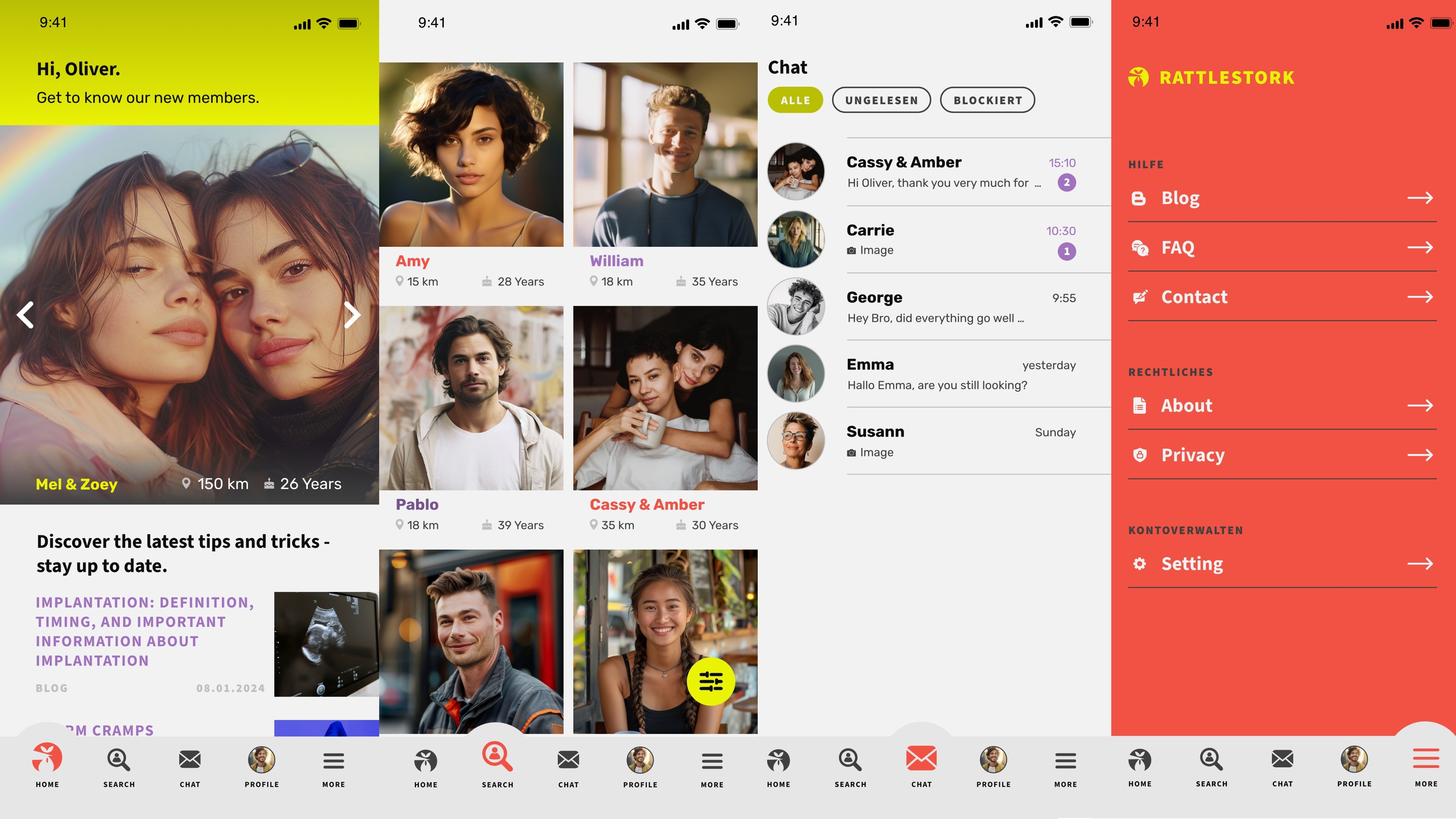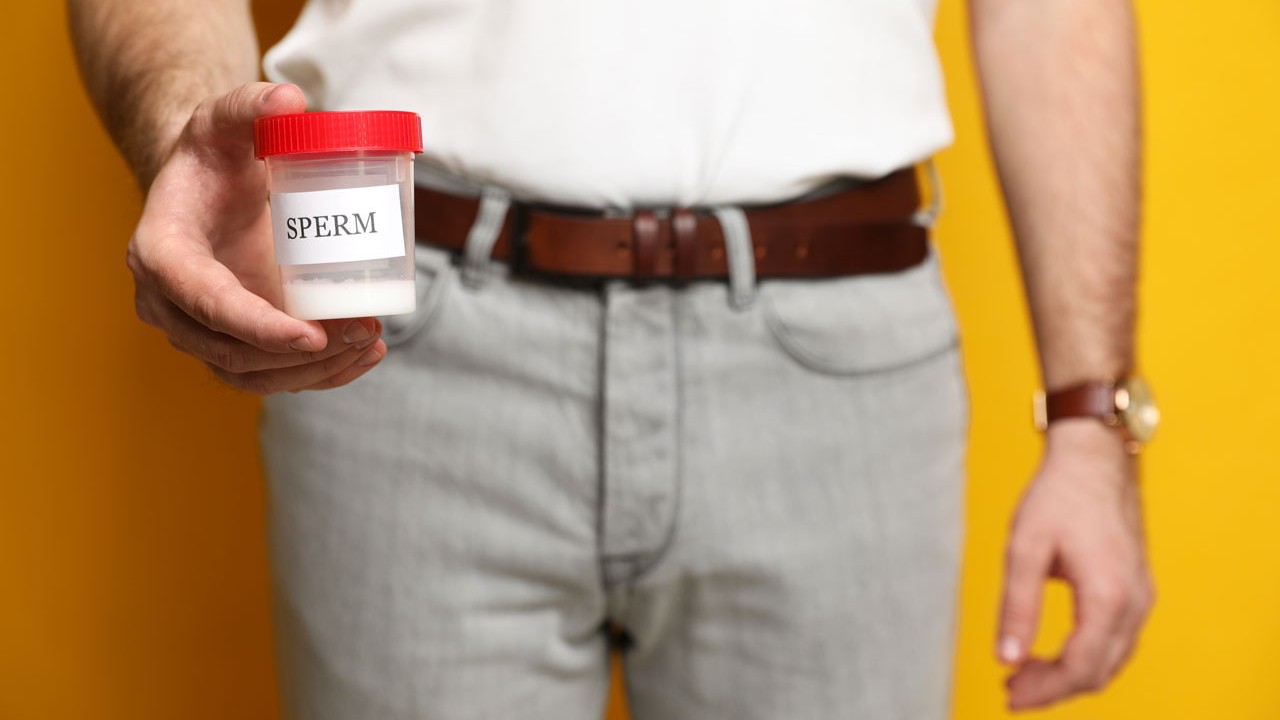Core legal framework (Canada)
- Safety & traceability: Health Canada’s Safety of Sperm and Ova Regulations (SSOR) under the AHRA govern donor screening, testing, records, adverse event reporting and establishment duties for processing, importing and distributing donor sperm (SOR/2019-192; Guidance).
- No commercial payment: It is illegal to purchase sperm or pay a donor. Only reimbursement of reasonable, receipted expenses is allowed, per regulations under AHRA (Health Canada explainer; Reimbursement Regs SOR/2019-193).
- Directed vs. anonymous donors: SSOR apply to both regular and directed donations used in assisted reproduction; Health Canada has an interim enforcement approach for directed donations to support access while maintaining safety (2024 interim guidance).
- Testing & records (high level): Establishments must assess donor suitability and test for key infectious diseases (e.g., HIV-1/2, hepatitis B/C, syphilis, chlamydia, gonorrhoea) and maintain robust traceability systems (SSOR full text).
Clinic/bank donation vs private/home insemination
Registered clinic or sperm bank
- Safety & compliance: Processing, import and use of donor sperm must comply with SSOR; establishments report to Health Canada and keep auditable records (SSOR).
- Parentage clarity comes from provinces: When assisted reproduction is done via a clinic with proper consents, provinces generally state that a donor is not a parent. Always check your province’s statute (e.g., Ontario, BC) (Ontario All Families Are Equal Act; BC Family Law Act).
Private/home insemination
- Outside the regulated pathway: Home insemination with a known donor may fall outside SSOR oversight (no mandated testing/quarantine or chain of custody). Legal parentage and maintenance exposure then turn on provincial rules and documentation—seek local legal advice before conception.
- Intermediaries & payment: Paying a donor or an intermediary is illegal; only compliant reimbursements are permitted (Health Canada).
Who can use donor sperm in Canada?
Single intended parents and couples (different-sex or same-sex) commonly access donor sperm via registered clinics/banks; individual clinic policies and provincial rules apply. Parentage and birth registration are governed by provincial law—eligibility and paperwork differ by province.
Legal parenthood: typical provincial scenarios
- Ontario: The All Families Are Equal Act updated the Children’s Law Reform Act to recognise intended parents in assisted reproduction and sets out when a donor is not a parent; pre-conception agreements can recognise more than two parents in defined cases (All Families Are Equal Act; Bill 28 background).
- British Columbia: Under the Family Law Act, a donor is generally not a parent simply by donating; with a written pre-conception agreement, BC can recognise more than two legal parents in some circumstances (Family Law Act; overview BC parentage backgrounder).
- Québec (2023–2025 changes): Reforms introduced a right to know one’s origins and created a provincial register managed by the Ministère de l’Emploi et de la Solidarité sociale. From June 6, 2025, donor-conceived people may access defined non-identifying data and, in some cases, a donor’s name subject to the donor’s recorded preference; default confidentiality still applies unless conditions are met (Éducaloi explainer; government overview Quebec.ca).
Information rights & anonymity
- Canada-wide: There is no national identity-release rule. Clinics/banks keep required records; disclosure is governed by federal privacy/health rules and provincial law/policy. Research commentary notes Canada historically permitted anonymous donation (academic overview).
- Québec’s register (from June 2025): A structured process exists for donor-conceived people to request origin information; scope and possible name disclosure depend on date of contribution and donor preferences recorded with the register (Éducaloi).
Medical standards & a typical clinic pathway
Registered establishments follow SSOR requirements for donor suitability, infectious-disease testing, documentation, labelling, and systems for reporting errors/accidents and adverse reactions. Many clinics layer professional best practice (e.g., counselling) on top of SSOR duties (SSOR full text).
- Consultation & consents (clinic intake; provincial parentage paperwork where applicable)
- Donor selection via a registered Canadian bank or an SSOR-compliant import
- Preparation (cycle monitoring; medication if required)
- Treatment (IUI or IVF/ICSI as indicated)
- Follow-up (pregnancy testing; SSOR-compliant records and reporting)
Money, reimbursement & practicalities
- No payment for gametes: Paying a donor is a criminal offence under AHRA; only reimbursement with receipts for specified expenses (e.g., travel, childcare, counselling) is allowed (Health Canada; SOR/2019-193, s.2).
- No national “family cap” rule: Canada has no federal limit on families/children per donor; clinics and banks may set their own distribution policies.
- Imports: Donor sperm imported into Canada must meet SSOR requirements; confirm your clinic/bank’s import compliance and documentation (SSOR).
Common Canadian pitfalls — what to watch
- Home insemination with known donors: Without clinic-led documentation and provincial-compliant agreements, disputes over parentage/maintenance can arise. Check your province’s statute before conception (e.g., Ontario CLRA; BC FLA) (Ontario CLRA; BC FLA).
- Assuming UK-style identity release: Canada does not have a national identity-release rule; only Québec has a dedicated register framework from 2025 with default confidentiality and conditional disclosures (Éducaloi).
- Paying donors or “facilitators”: Illegal—stick to reimbursing allowable expenses with proof (Health Canada).
- Paperwork gaps: Missing or incorrect consents/agreements can undermine intended parentage or future information requests; keep a clean, province-compliant paper trail.
Private donation with RattleStork — the Canada-aware way
RattleStork can help you plan ethically and stay compliant in Canada. Use it to organise matching and expectations, but complete the process through a registered clinic/bank for:
- Parentage & consents: Align with your province’s rules (Ontario/BC/QC frameworks).
- Safety & records: SSOR testing, documentation and traceability via registered establishments (SSOR).
- Reimbursement compliance: Receipts-based expense claims only—no payments for gametes (SOR/2019-193).

Conclusion
Canada’s system is strict on safety and no-payment rules. The safest route is through a registered clinic/bank that complies with Health Canada’s SSOR; provincial law then secures intended parentage and sets information rules. Private/home insemination remains possible but carries significant legal and medical risks. For a flexible yet compliant path, pair a modern tool like RattleStork with clinic-led consents, SSOR-grade screening and province-specific agreements.

